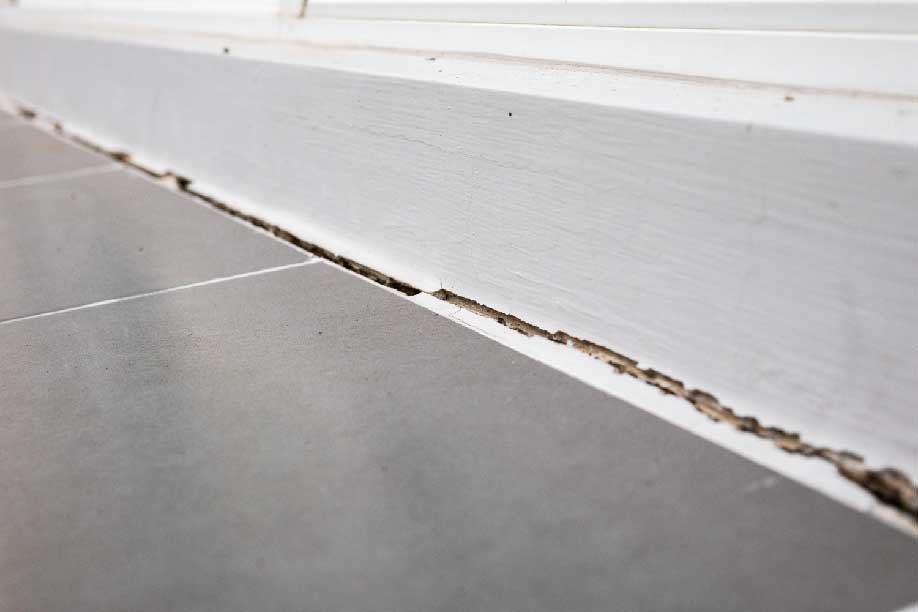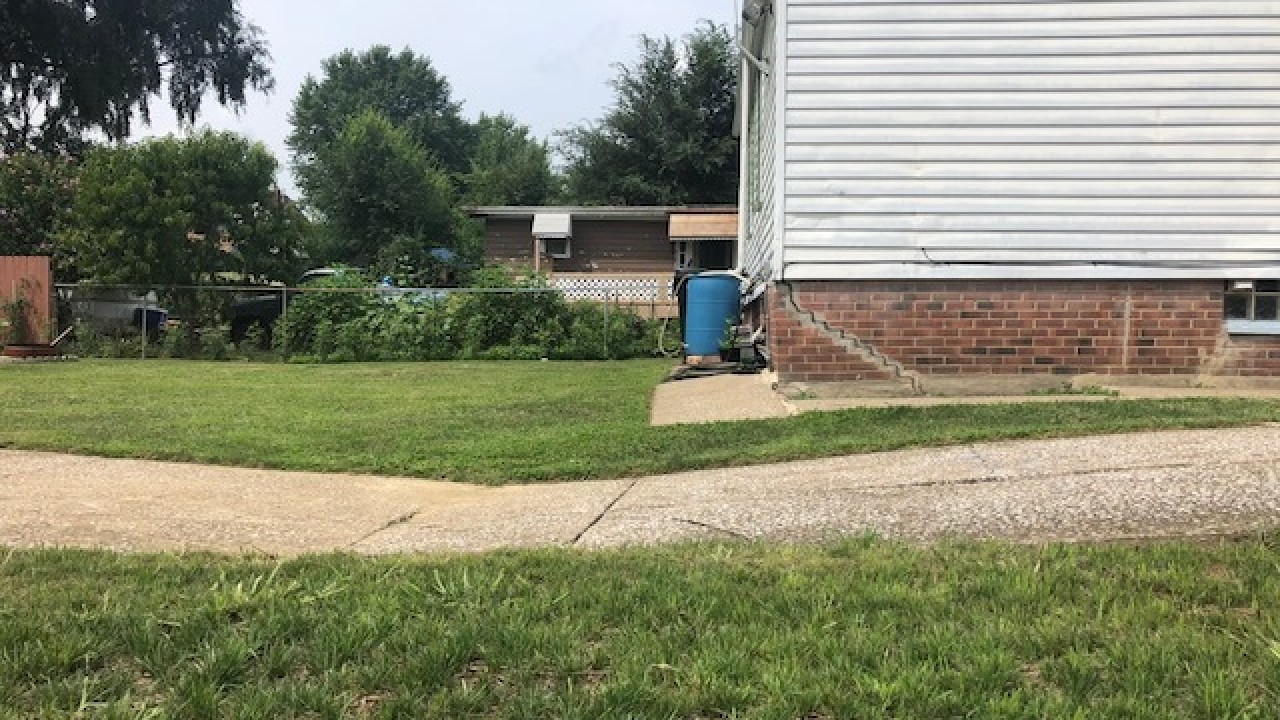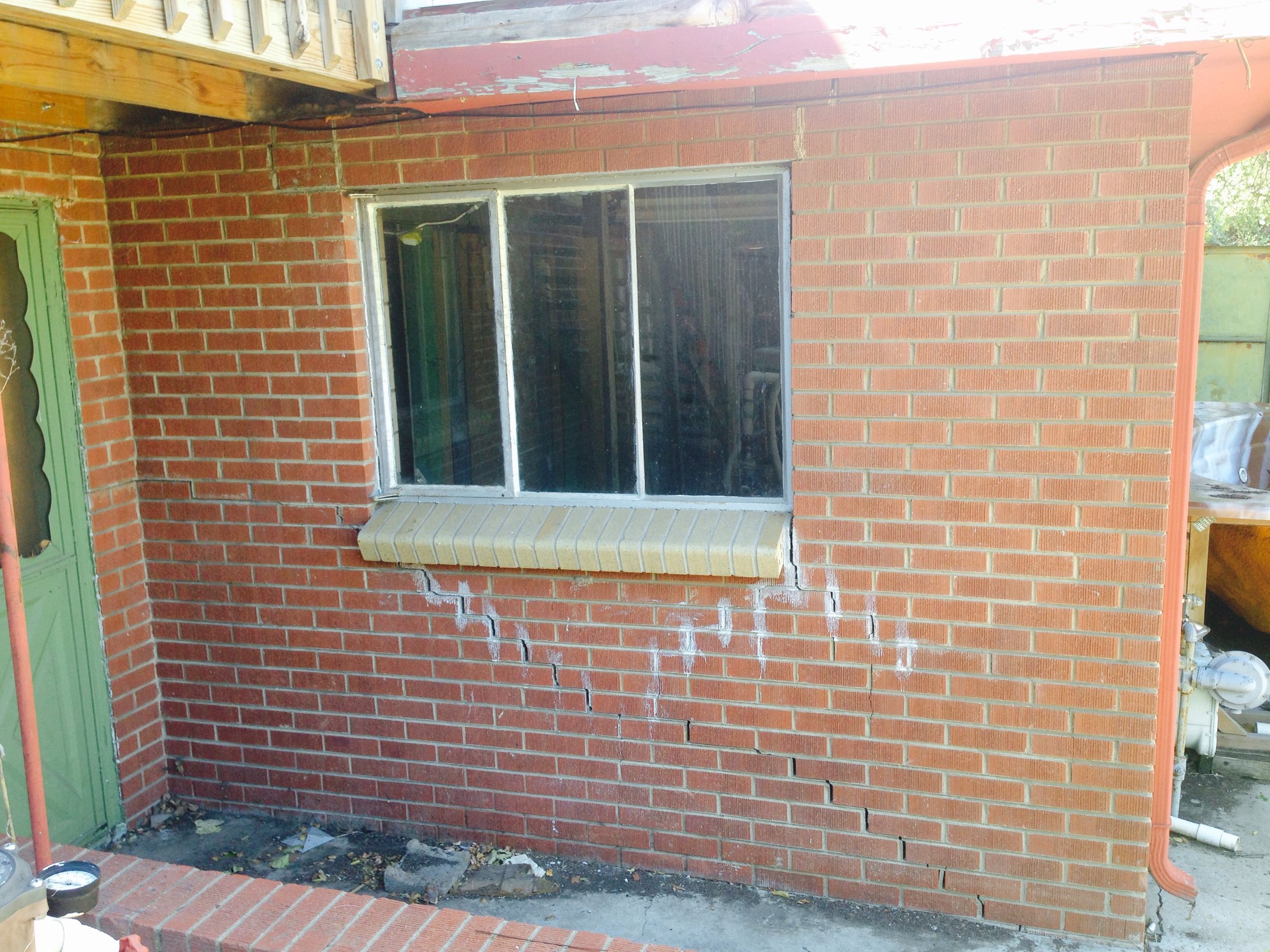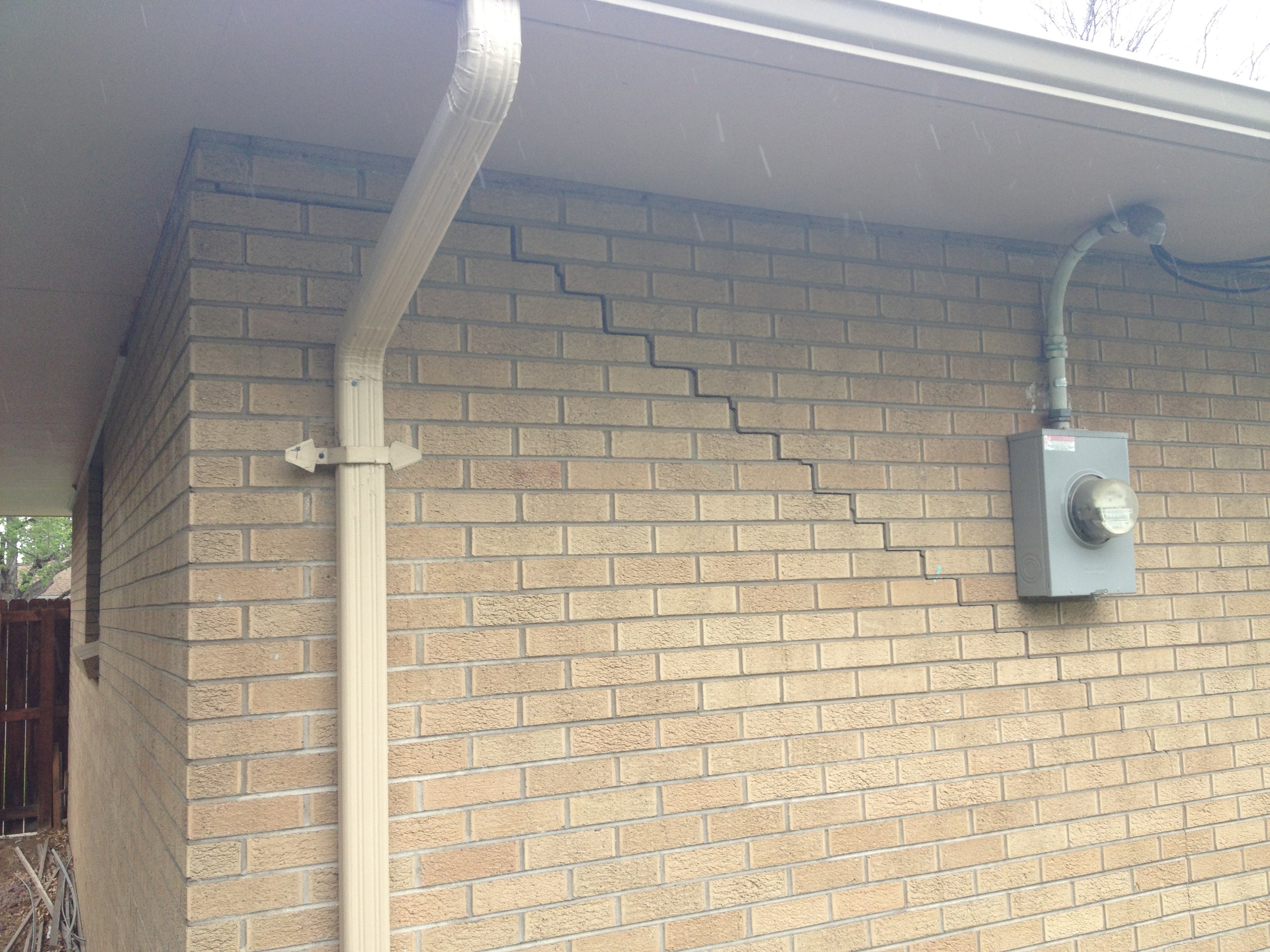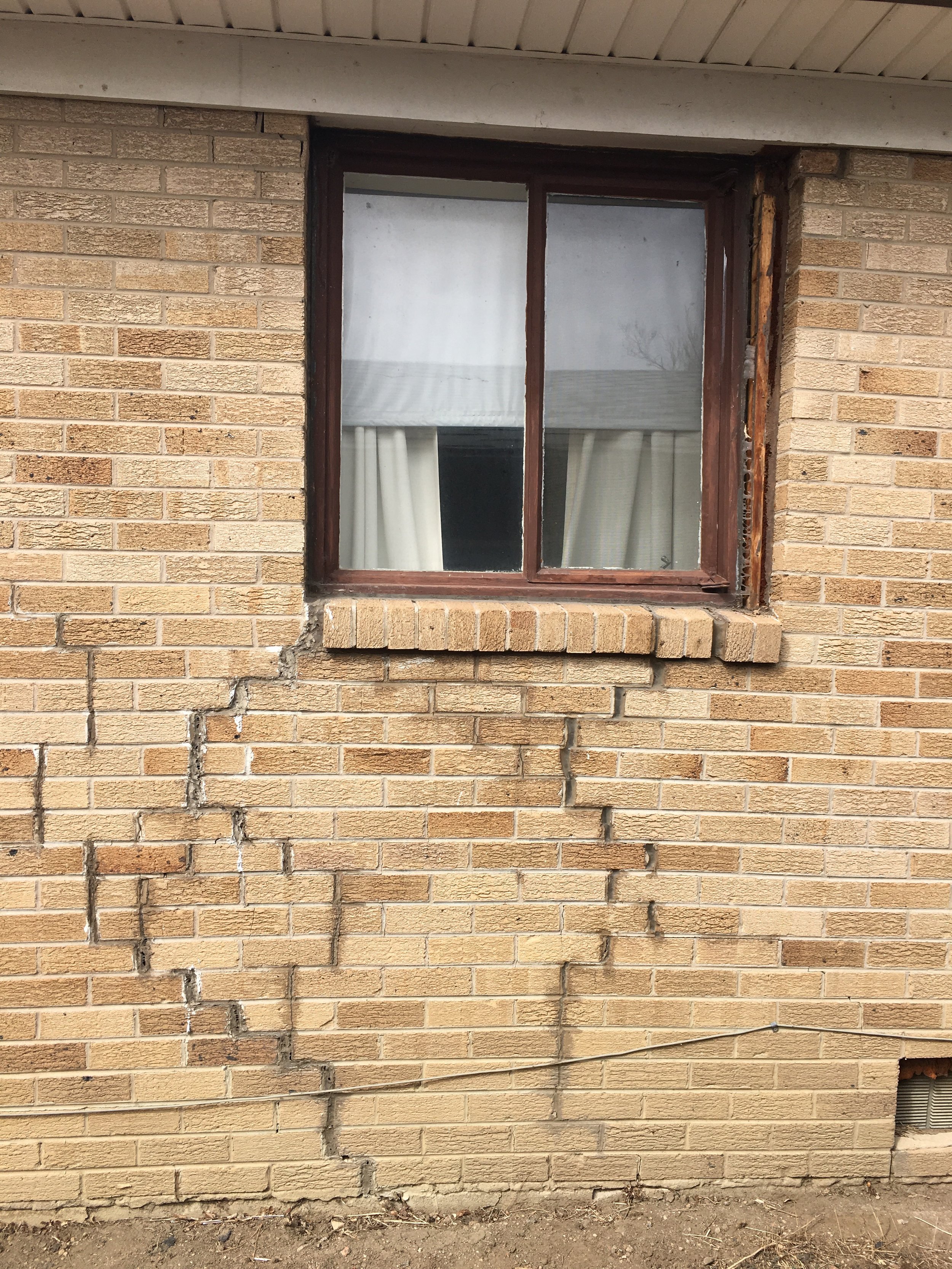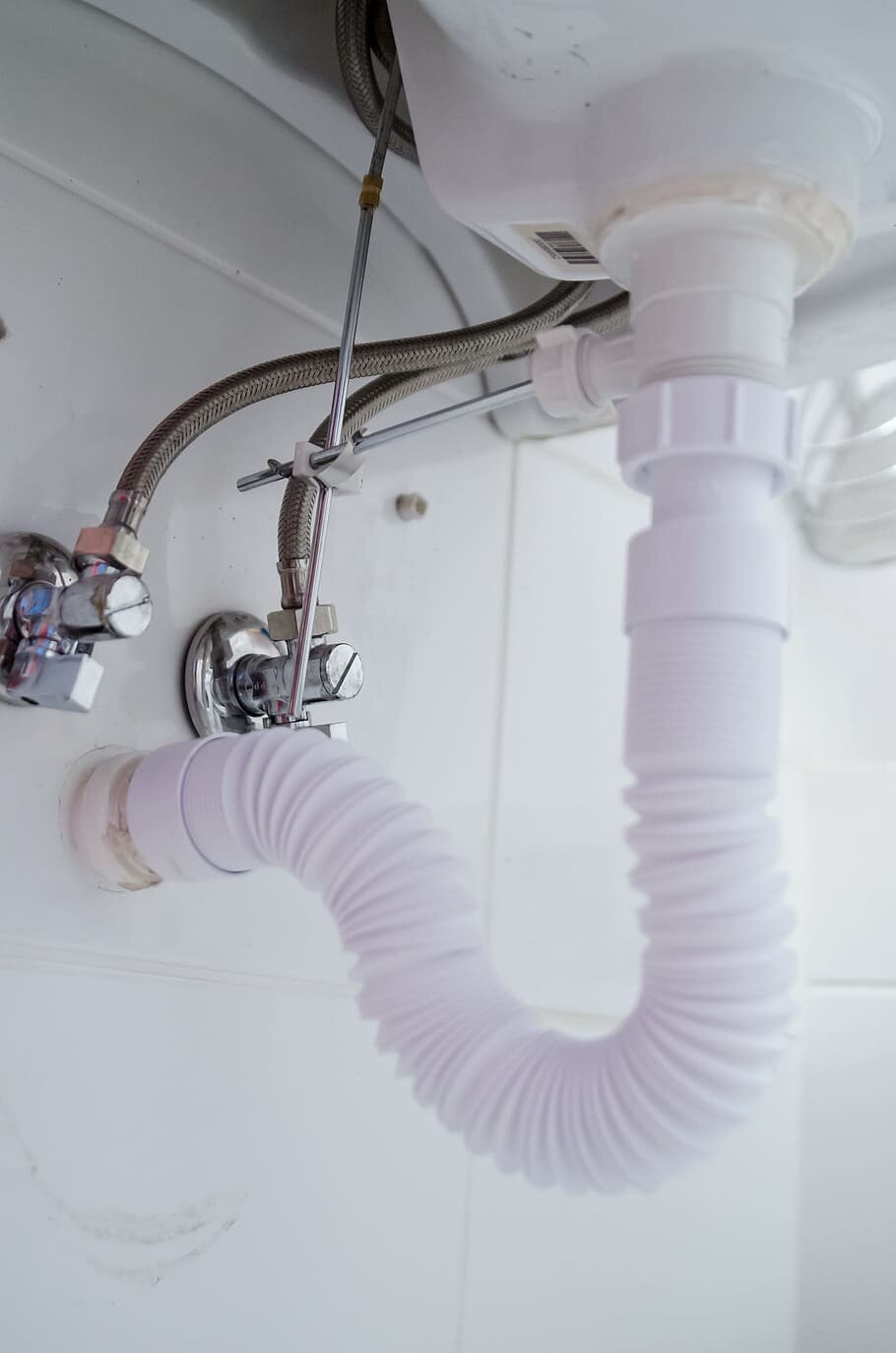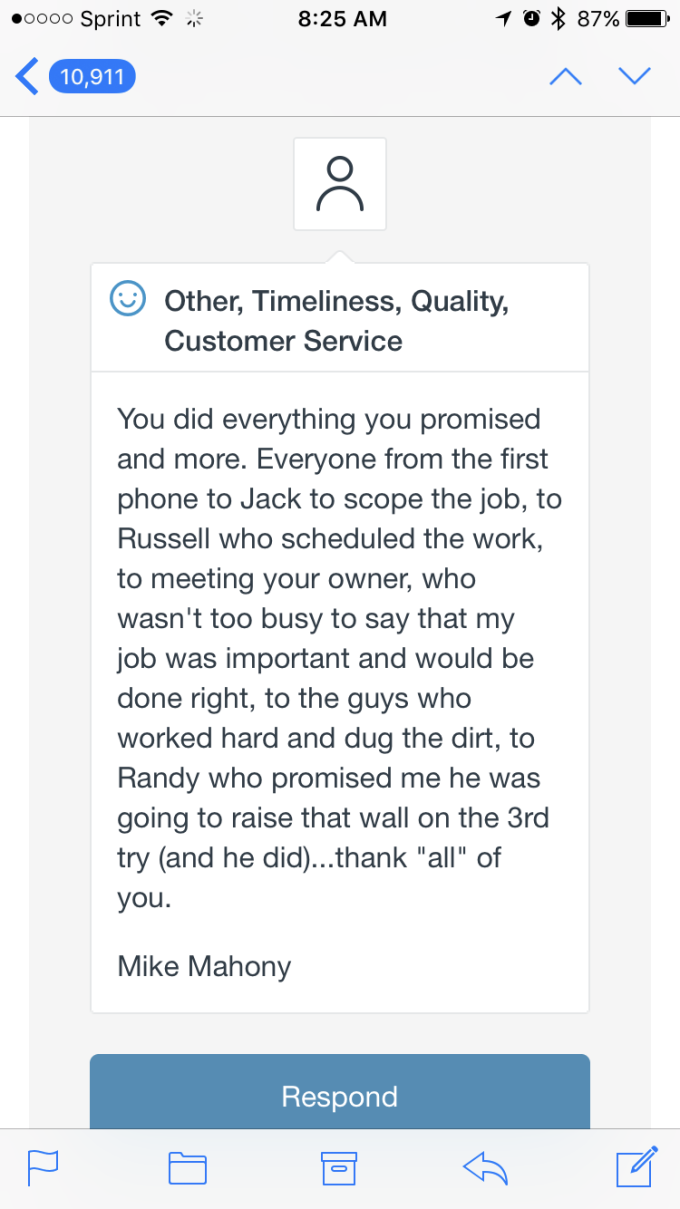What does foundation damage look like?
Understanding the signs of foundation damage is crucial for homeowners to maintain the structural integrity of their properties. Foundation issues can manifest in various ways, from visible cracks in walls to uneven floors and doors that stick. Recognizing these signs early allows homeowners to take proactive measures to address underlying foundation problems before they escalate into costly repairs. In this guide, we'll explore the different types of foundation damage, their signs or symptoms, and the corresponding repair solutions to help homeowners safeguard their properties against structural instability and deterioration.
Types of Foundation Damage
Cracks in Walls
Cracks in interior or exterior walls are a common sign of foundation damage. These cracks can vary in size and direction, indicating different types of stress on the foundation. Vertical cracks may result from normal settling, while horizontal cracks could indicate more severe issues like soil movement or hydrostatic pressure. In some cases, diagonal cracks may signify differential settlement, where one part of the foundation settles more than another. Regardless of the crack type, addressing them promptly is crucial to prevent further structural damage.
Repair Solution: Depending on the severity, crack injection, epoxy injection, or carbon fiber reinforcement may be used to stabilize the foundation and prevent further cracking.
Uneven Floors
Uneven floors, where one section of the floor is higher or lower than the rest, suggest issues with the foundation's support. This unevenness may result from soil settlement, poor initial construction, or water damage. Over time, these issues can worsen, leading to further structural instability and safety concerns for occupants. Detecting and addressing uneven floors early can help mitigate damage and prevent costly repairs in the future.
Repair Solution: Slabjacking or underpinning may be necessary to lift and level the foundation and provide additional support.
Doors and Windows Sticking
Difficulty opening or closing doors and windows can indicate shifts in the foundation that affect the alignment of door frames and window casings. These shifts may occur due to soil movement, settlement, or changes in moisture levels around the foundation. Sticking doors and windows not only inconvenience occupants but also serve as warning signs of underlying foundation issues that require attention. Ignoring these signs may result in more significant structural damage over time.
Repair Solution: Foundation leveling or piering may be required to stabilize the foundation and alleviate pressure on door frames and window casings.
Sagging or Sloping Floors
Floors that slope or sag in certain areas indicate structural issues with the foundation, potentially caused by settlement or soil erosion. This sagging or sloping can result from inadequate support beneath the floor, compromised floor joists, or excessive moisture affecting the subfloor. Left unaddressed, sagging floors can lead to further damage to the structural integrity of the building and may pose safety risks to occupants. Identifying the underlying cause of sagging floors is essential for implementing effective repair solutions.
Repair Solution: Underpinning or reinforcing the floor joists may be necessary to stabilize the foundation and prevent further sagging.
Cracks in Foundation
Visible cracks in the foundation itself are a clear sign of structural damage, often caused by soil movement, water infiltration, or poor construction. These cracks may appear vertically, horizontally, or in a stair-step pattern, depending on the underlying cause. Foundation cracks compromise the stability of the entire structure and require immediate attention to prevent further deterioration. Properly diagnosing the root cause of foundation cracks is essential for implementing appropriate repair measures and restoring the foundation's integrity.
Repair Solution: Foundation crack repair using epoxy injection or carbon fiber reinforcement can help stabilize the foundation and prevent further cracking.
Bowing or Buckling Walls
Bowing or buckling walls, especially in basement areas, indicate significant pressure exerted on the foundation walls, often due to hydrostatic pressure or soil movement. This pressure can cause the walls to bow inward or outward, compromising their structural integrity and posing risks of collapse. Bowing or buckling walls are serious foundation issues that require prompt attention to prevent further damage and ensure the safety of the building's occupants. Implementing effective repair solutions is crucial for stabilizing the walls and restoring the structural integrity of the foundation.
Repair Solution: Installation of wall anchors, carbon fiber straps, or steel braces may be necessary to stabilize bowing or buckling walls and prevent further movement.
Water Damage
Water seepage or moisture accumulation in basements or crawl spaces can weaken the foundation over time, leading to cracks, mold growth, and structural instability. Excessive water pressure from poor drainage, high groundwater levels, or plumbing leaks can exert significant pressure on the foundation walls, causing them to crack or bow. Water damage compromises the foundation's structural integrity and creates an environment conducive to mold growth and rot. Addressing water damage promptly and implementing proper waterproofing measures are essential for preserving the foundation's stability and preventing further deterioration.
Repair Solution: Waterproofing measures such as installing interior or exterior drainage systems and sealing foundation cracks can help prevent water damage and stabilize the foundation.
Settlement or Sinking
Visible sinking or settlement of the entire structure or specific areas within the building can indicate foundation issues, such as soil consolidation or inadequate support. These issues may result from changes in soil moisture, poor soil compaction during construction, or structural overloading. Settlement or sinking can cause structural damage, including cracks in walls, uneven floors, and misaligned doors and windows. Identifying the underlying cause of settlement or sinking is crucial for implementing effective repair solutions and preventing further structural damage.
Repair Solution: Underpinning using steel piers or helical piers can help stabilize the foundation and lift settled areas, restoring the structure to its original position.
Frequently Asked Foundation Damage Questions (FAQs):
-
Foundation damage can result from various factors, including soil movement, poor drainage, plumbing leaks, tree roots, and seismic activity. Expansive soils, such as clay, can swell and shrink with changes in moisture levels, leading to foundation movement and settlement.
-
Signs of foundation damage include cracks in walls, floors, or ceilings; doors and windows that stick or don't close properly; uneven floors; gaps between walls and floors; and visible foundation cracks or shifting. If you notice any of these signs, it's essential to have your foundation inspected by a professional.
-
Repair solutions for foundation damage vary depending on the extent and type of damage. Common repair methods include slabjacking, piering, underpinning, carbon fiber reinforcement, and grouting. The appropriate solution will be determined after a thorough assessment by a qualified foundation repair specialist.
-
The duration of foundation repair depends on factors such as the extent of damage, the chosen repair method, accessibility to the foundation, and weather conditions. Simple repairs like slabjacking may take one to two days, while more extensive underpinning or piering projects can take several weeks to complete.
-
While some causes of foundation damage, such as seismic activity, are beyond homeowners' control, preventive measures can help minimize the risk. Maintaining proper drainage around the foundation, repairing plumbing leaks promptly, and avoiding large trees near the house can all help prevent foundation problems. Regular inspections and maintenance are also essential for early detection and mitigation of potential issues.

